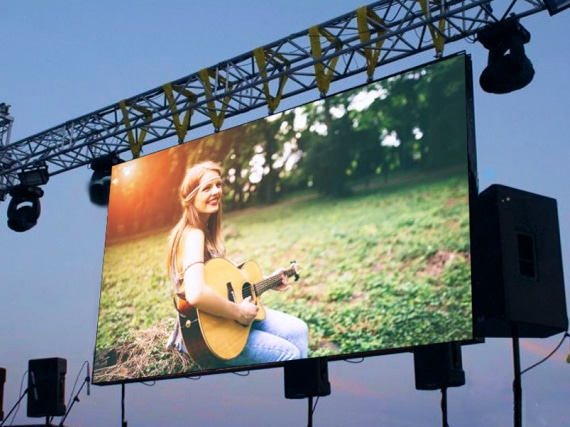Investigating the Durability of LED Display Panels in Contrast to Conventional Display Methods
Investigating the Durability of LED Display Panels in Contrast to Conventional Display Methods
Blog Article
LED panel screens have grown increasingly favored in recent years, especially in environments like educational institutions, businesses, and community spaces. These screens use light-emitting lights (LEDs) to create vivid and vibrant images. One of the most significant benefits of LED technology is its durability in contrast to traditional display technologies, such as cathode tube monitors (CRTs) and LCD crystal displays. Understanding the distinctions in duration and functionality between these technologies can assist consumers make informed choices about their screen requirements.
Classic screen methods, like CRTs, have been around for numerous decades. They were commonly used in televisions and computer monitors. However, CRTs have a shorter duration, typically lasting approximately 10,000 to 20,000 hrs of use. This means that after a couple years, consumers may notice a deterioration in picture quality, such as dimming or hue distortion. In contrast, LED panel panels can last significantly longer, frequently exceeding 50,000 hrs. This extended duration means that consumers can enjoy reliable performance without the requirement for frequent substitutions.
Another important factor to take into account is power efficiency. LED panel screens consume less energy than conventional displays, which not only helps the ecosystem but also lowers electricity costs. For instance, while a CRT monitor may consume around 100 watts of energy, an LED panel can use as few as 30 to 50 W. This discrepancy in energy consumption contributes to the overall durability of LED innovation, as lower power consumption generates minimal heat. Excessive thermal energy can damage electrical components, resulting to a shorter duration for traditional screens.
In addition to their longer duration and power conservation, LED wall panels also provide enhanced visual quality. They provide more vivid colors and better differentiation, making them perfect for various applications, from advertising to learning displays. The technology behind LED panels allows for a wider viewing perspective, meaning that images stay sharp and vibrant even when viewed from the flank. This is a significant advantage over conventional screens, which frequently suffer from color distortion and reduced brightness at wider perspectives.
In summary, the longevity of LED wall panels compared to traditional screen methods is a key factor for consumers to take into account. With lifespans visit their website that can exceed 50,000 hours, power conservation, and enhanced image quality, LED innovation provides many benefits. As technology continues to progress, LED panel screens are likely to become even more common in multiple settings. Understanding these differences can assist people and entities make better choices when investing in screen innovation, guaranteeing they get the best value for their needs.